At first glance, the image doesn’t look like much: some bright, yellow stars among smaller white stars. And in the middle, a smudge that looks like a collection of stars.
But zooming in reveals a completely different story. That smudge isn’t stars at all, but dozens of galaxies.
This is just one of the images released by the European Space Agency, the early release observations from their Euclid space mission.
Over the course of six years, Euclid — launched in July 2023 — will explore dark matter and dark energy, two previously unseen elements that make up most of our universe. During that time, it will observe billions of galaxies.
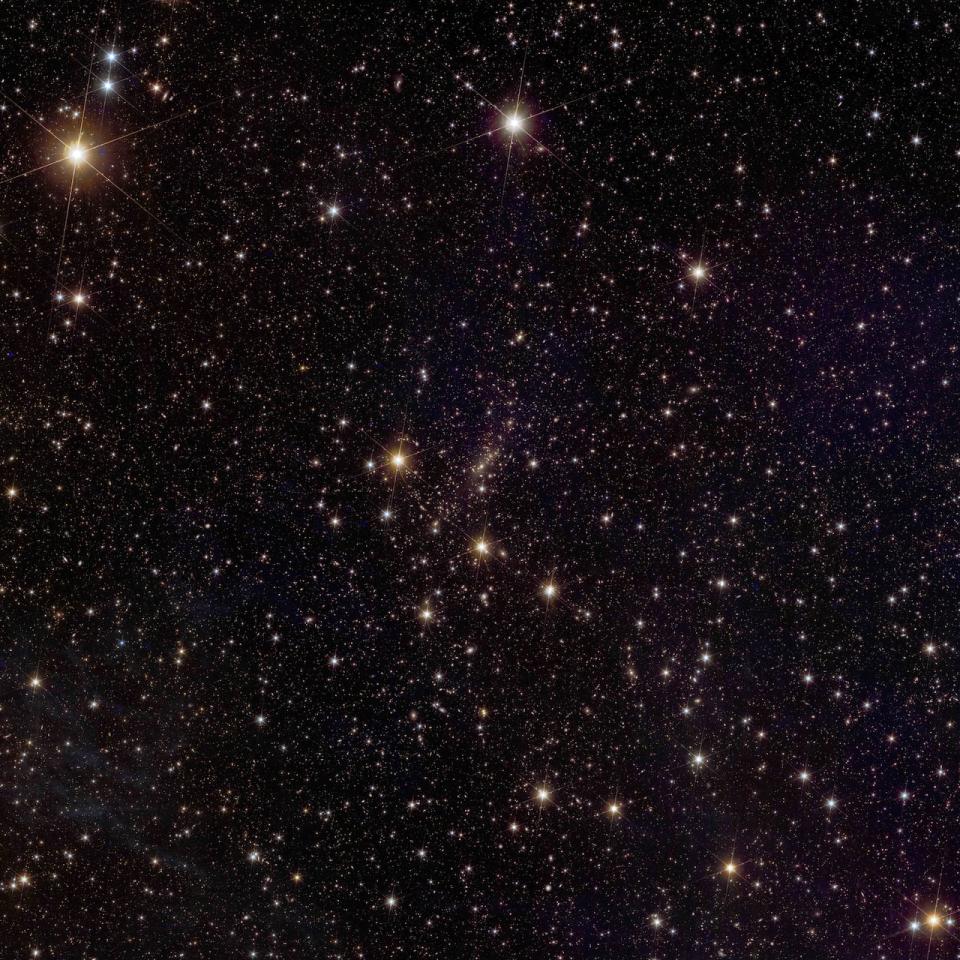
Abell 2390 is a galaxy cluster, a huge conglomerate of many galaxies similar to the Milky Way. More than 50,000 galaxies are seen here. (ESA/Euclid/Euclid Consortium/NASA, image processing by J.-C. Cuillandre [CEA Paris-Saclay]G. Anselmi)
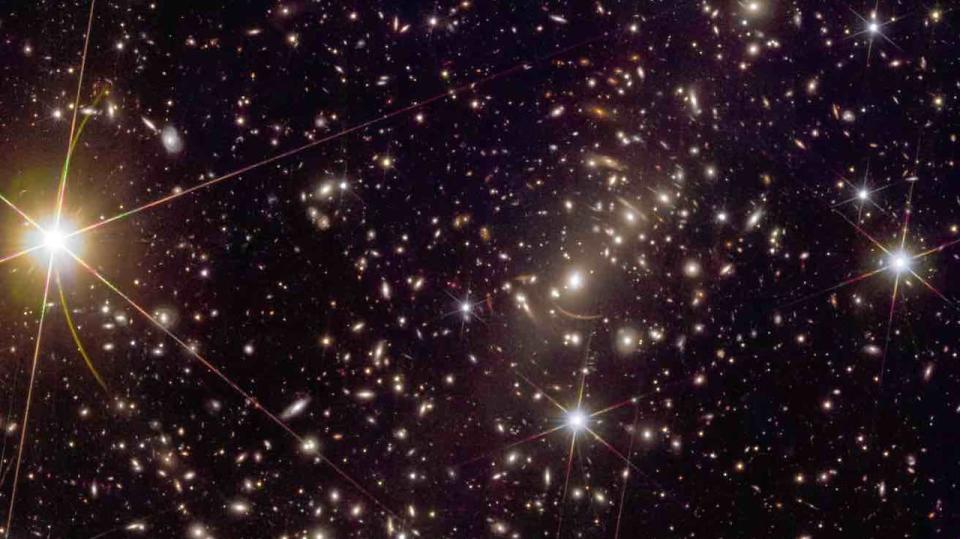

Here’s a summary of the galaxy cluster seen in the Euclid image release of Abell 2390. (ESA/Euclid/Euclid Consortium/NASA, image processing by J.-C. Cuillandre [CEA Paris-Saclay]G. Anselmi)
While these images – five in total – are exciting for astronomers, it’s what lies ahead that they’re anxiously awaiting.
“This [images] like focusing on single known objects of interest,” said Will Percival, director of the University of Waterloo’s Center for Astrophysics, and one of the primary science coordinators for the Euclid mission.
“We’ve made great science out of them. But we’re going to do this everywhere; we’re going to do 50,000 square feet, maybe a third of the area that we could look at. So this is like the known knowledge – the knowledge of things in the universe and the unknown things that inspire me.”
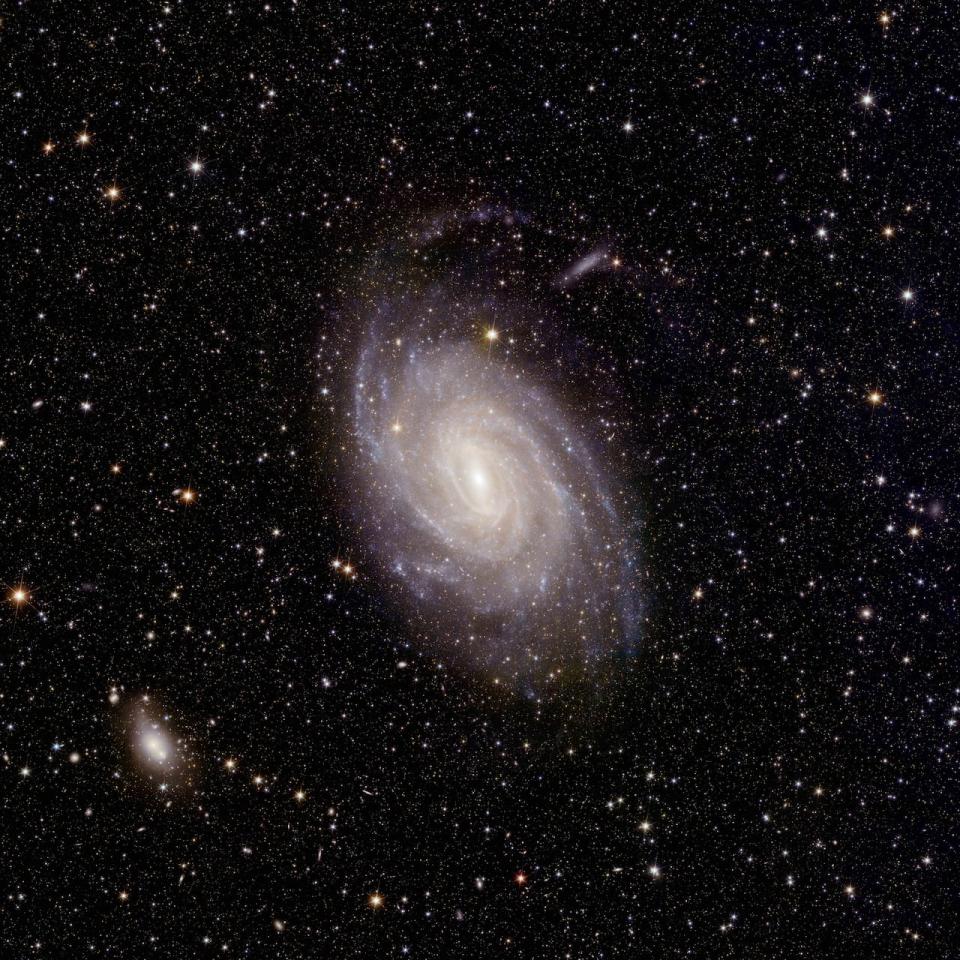

Here, Euclid captures NGC 6744, one of the largest spiral galaxies outside our local patch of space. It is a typical example of the type of galaxy that currently makes up most of the stars in the nearby universe. (ESA/Euclid/Euclid Consortium/NASA, image processing by J.-C. Cuillandre [CEA Paris-Saclay]G. Anselmi)
Unlike the Hubble Space Telescope and the James Webb Space Telescope (JWST), Euclid can instantly survey large parts of the sky. Although it has been operating for less than a year, it has covered more of the sky than any of the other telescopes.
“Hubble and JWST are great telescopes, but you’re like looking through a keyhole,” said Mike Hudson, a professor at the University of Waterloo, who is also part of the Euclid mission. “Now you have a whole window open.”
Understanding our Universe
What we see only makes up about five percent of the universe. The rest of it is made up of dark matter (about 25 percent) and dark energy (about 70 percent), both of which we cannot see. But we know that both exist by the way they interact with other materials in our Universe.
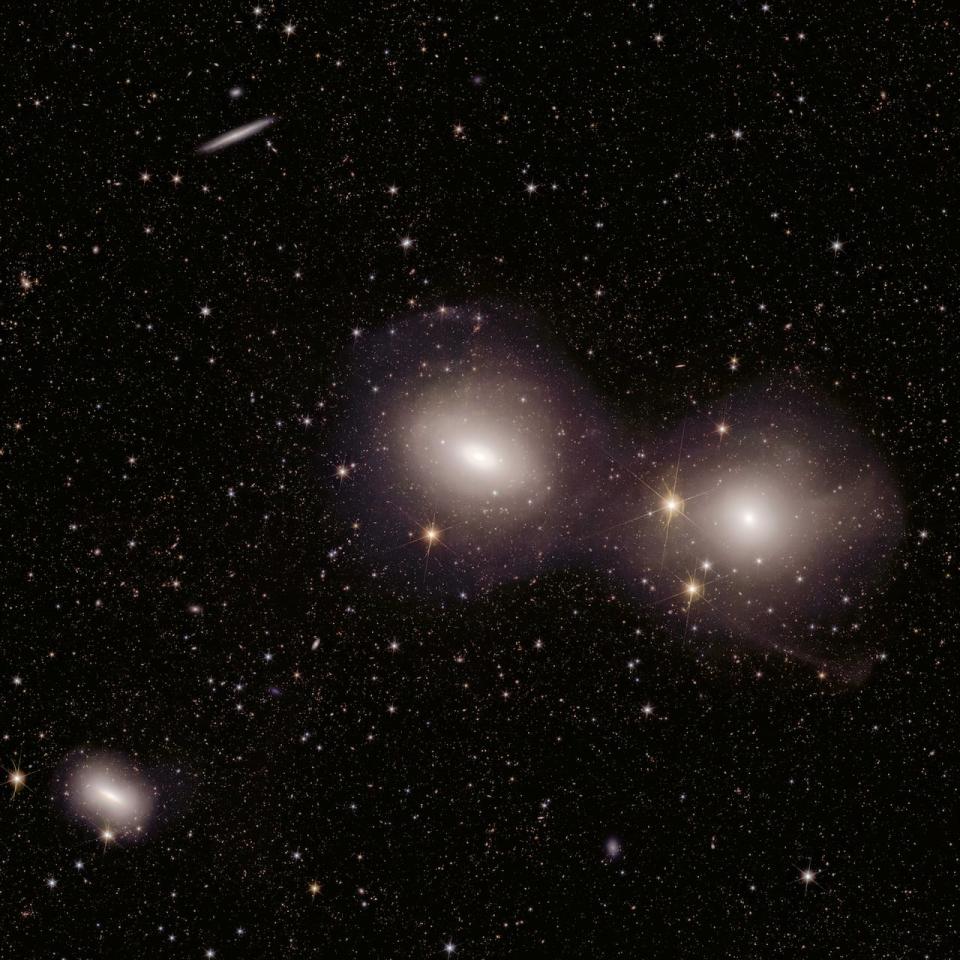

The Dorado Group of galaxies is one of the richest galaxy groups in the southern hemisphere. Here, Euclid catches signs of galaxies emerging and merging. (ESA/Euclid/Euclid Consortium/NASA, image processing by J.-C. Cuillandre [CEA Paris-Saclay]G. Anselmi)
Dark matter has mass, and we can “see” it through the way it interacts with galaxy clusters, where it bends the light of the galaxies behind them, creating streaks of light, as seen in close-up Euclid image of Abell 2390.
Dark energy is also invisible, but it is causing our Universe to expand faster than once thought.
“[Euclid’s] The purpose is to understand, basically, what is dark matter? What is dark energy? So it’s designed to answer two of the big questions we have in physics and cosmology right now,” said Percival.
“In cosmology, we have a standard model, called the CDM lambda model – the cold dark matter lambda model – and it explains very well, almost everything we see. But we don’t understand the actual components in the model.”
The researchers say they hope Euclid will change that during its six-year mission.
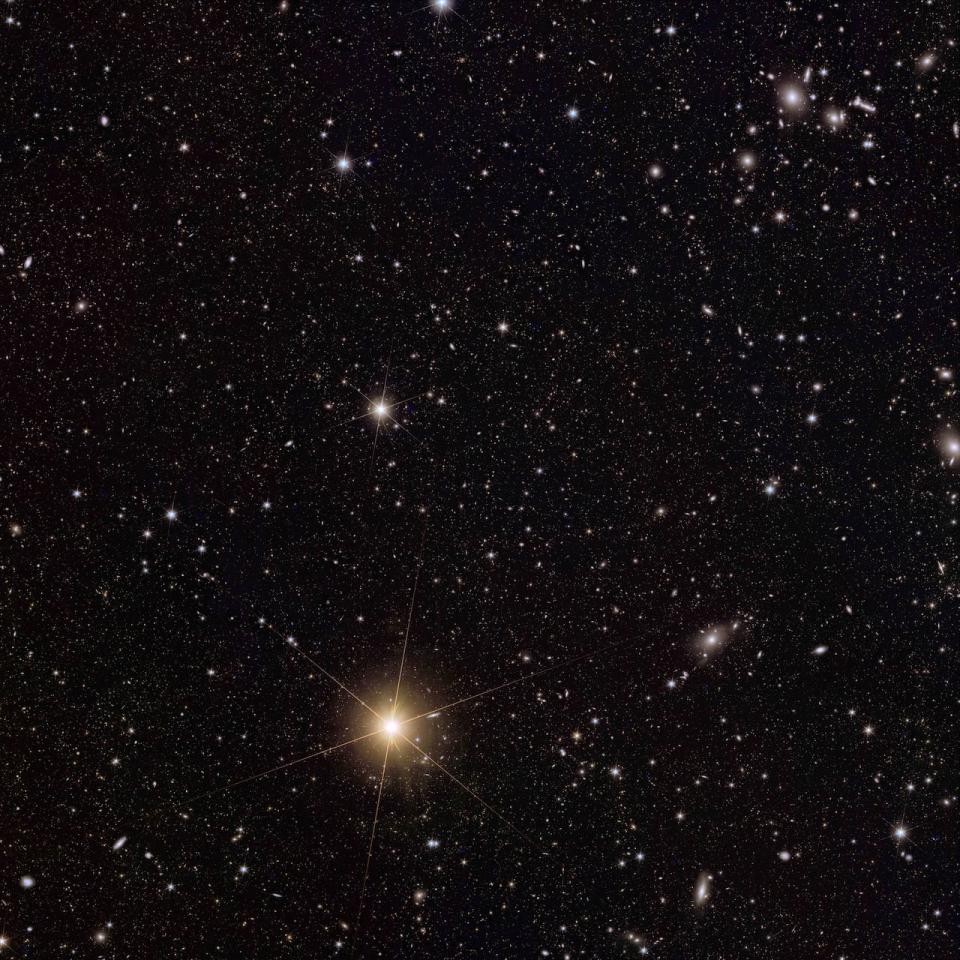

This image shows the galaxy cluster Abell 2764 (top right), a dense region of space containing hundreds of galaxies orbiting within a dark matter core. Euclid captures a range of objects in this patch of sky, including many background galaxies, more distant galaxy clusters, interacting galaxies that have thrown off star streams and shells, and a nice fringe spiral that lets us see the ‘thin’. for his disc. (ESA/Euclid/Euclid Consortium/NASA, image processing by J.-C. Cuillandre [CEA Paris-Saclay]G. Anselmi)
“Euclid will offer the largest and best map of dark matter ever made. It will cover a third of the sky,” said Hudson.
“And furthermore, in addition to covering this huge area of the sky, we can also, by studying these distant background galaxies, build a three-dimensional map of dark matter.”
They will use the telescope to look back in time, as it takes billions of years for light from distant galaxies to reach us. Using Euclid, they will look at dark matter from when the universe was much younger and compare it to how it was later, or even how it is now.
Both Percival and Hudson are eagerly anticipating what the upcoming sky survey will reveal.
“Because it’s a sky survey,” Hudson said. “It will also open up huge possibilities for discovering all sorts of new and interesting things about the universe that we didn’t expect.”
You can learn more about the Euclid mission by visiting the European Space Agency website.